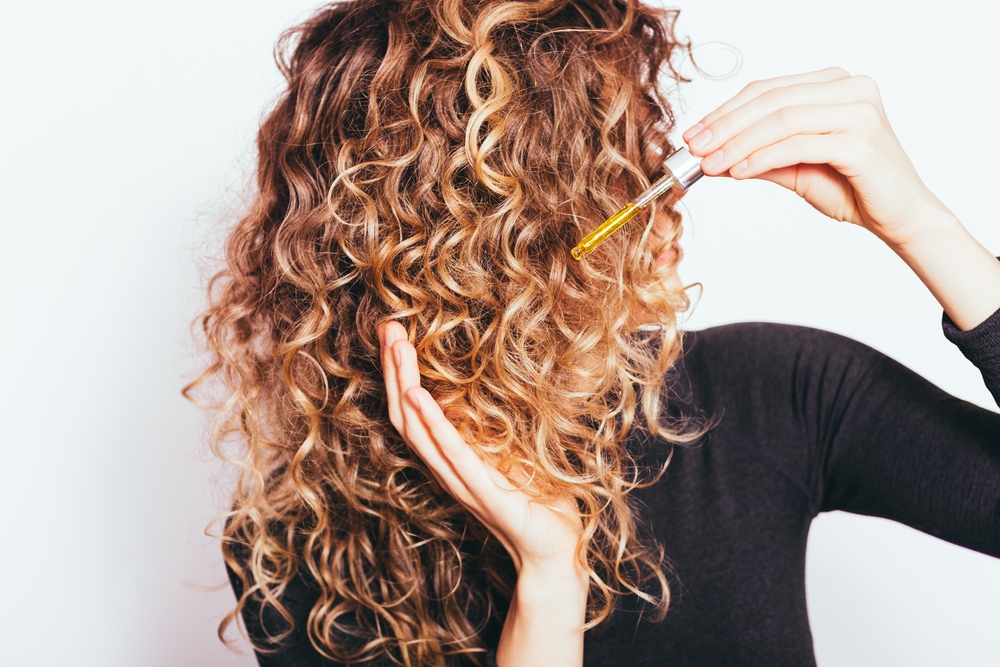The Ultimate Guide to Healthy Hair: Science-Backed Tips for Luscious Locks
Introduction
Beautiful, healthy hair is more than just a cosmetic asset—it reflects your overall wellbeing. From environmental damage to nutritional deficiencies, numerous factors influence hair health. This comprehensive guide explores professional hair care techniques, debunks common myths, and provides actionable strategies for achieving stronger, shinier hair regardless of your hair type or concerns.
Understanding Hair Biology
Hair grows in a continuous cycle with three distinct phases:
- Anagen (2-7 year growth phase)
- Catagen (2-3 week transitional phase)
- Telogen (3 month resting phase before shedding)
Each hair strand consists of:
- Cuticle (protective outer layer)
- Cortex (contains melanin and keratin)
- Medulla (innermost layer)
Essential Hair Care Routine
Cleansing Fundamentals
- Choose sulfate-free shampoos for natural oils preservation
- Wash frequency based on hair type:
- Oily: Every other day
- Dry: 2-3 times weekly
- Curly/Coily: Weekly
Conditioning Techniques
- Apply conditioner mid-length to ends
- Use wide-tooth comb for even distribution
- Deep condition weekly for damaged hair
Scalp Care
- Massage stimulates blood circulation
- Exfoliate monthly to remove buildup
- Treat dandruff with zinc pyrithione shampoos
Nutrition for Hair Growth
Key Nutrients
- Protein (keratin building blocks)
- Biotin (supports keratin infrastructure)
- Iron (prevents hair loss)
- Omega-3s (nourish hair follicles)
Hair-Superfoods
- Eggs (biotin & protein)
- Spinach (iron & folate)
- Sweet potatoes (beta-carotene)
- Walnuts (omega-3 & vitamin E)
Common Hair Problems & Solutions
Hair Loss
- Causes: Stress, hormonal changes, nutritional deficiencies
- Solutions: Minoxidil, rosemary oil, protein-rich diet
Split Ends
- Prevention: Regular trims, heat protection
- Temporary fix: Seal with serums
Frizz Control
- Humectants like glycerin in humid climates
- Anti-humectants like oils in dry climates
Professional Treatments
Salon Services
- Olaplex for bond repair
- Keratin treatments for smoothing
- Scalp therapies for growth stimulation
At-Home Alternatives
- DIY protein masks (egg & yogurt)
- Hot oil treatments (coconut or argan oil)
- Rice water rinses for shine
Hair Styling Without Damage
Heat Styling Safety
- Always use thermal protectant
- Limit to 350°F maximum
- Air dry when possible
Protective Styles
- Braids
- Buns
- Silk wraps for sleeping
Chemical Process Care
- Space out coloring/relaxing
- Use bond-building treatments
- Increase protein intake
Seasonal Hair Care
Summer Protection
- UV protection sprays
- Chlorine removal shampoos
- Increased hydration
Winter Care
- Humidifier use
- Heavier oils and butters
- Reduced washing frequency
Myth Busting
Common Misconceptions
- “Trimming makes hair grow faster” (False: It prevents breakage)
- “Brushing 100 strokes daily helps” (False: Causes mechanical damage)
- “Plucking grays causes more grays” (False: Doesn’t affect pigment cells)
Hair Type Specific Advice
Straight Hair
- Lightweight products to avoid greasiness
- Volumizing techniques
Wavy Hair
- Scrunching method
- Sea salt sprays
Curly Hair
- Leave-in conditioners
- Diffusing techniques
Coily Hair
- Heavy creams and butters
- Low manipulation styling
Natural Remedies
Effective DIY Treatments
- Avocado & honey mask for moisture
- Apple cider vinegar rinse for shine
- Aloe vera gel for scalp health
Essential Oils
- Peppermint (stimulates growth)
- Lavender (reduces stress-related loss)
- Tea tree (antifungal properties)
Product Selection Guide
Decoding Labels
- Silicones (dimethicone = sealing)
- Proteins (hydrolyzed wheat = strengthening)
- Humectants (glycerin = moisture attraction)
Budget vs. Luxury
- When to invest (heat tools, color care)
- Where to save (basic shampoos)
Lifestyle Factors
Stress Management
- Telogen effluvium prevention
- Relaxation techniques
Sleep Quality
- Silk pillowcases reduce friction
- Protective nighttime styles
Exercise Benefits
- Improved circulation to scalp
- Stress reduction
When to See a Professional
Warning Signs
- Sudden excessive shedding
- Bald patches
- Scalp pain or lesions
Specialist Options
- Trichologists
- Dermatologists
Conclusion
Achieving healthy hair requires a holistic approach combining proper care, nutrition, and lifestyle habits. By understanding your hair’s unique needs and implementing these science-backed strategies consistently, you can transform your hair’s health and appearance. Remember that visible results take time—most hair treatments require 3-6 months to show full effects.
Action Plan
- Assess your current hair care routine
- Identify one improvement area to focus on
- Schedule a trim or professional consultation
- Incorporate one new healthy hair habit this week
With patience and proper care, you’ll be on your way to your healthiest, most beautiful hair yet.

